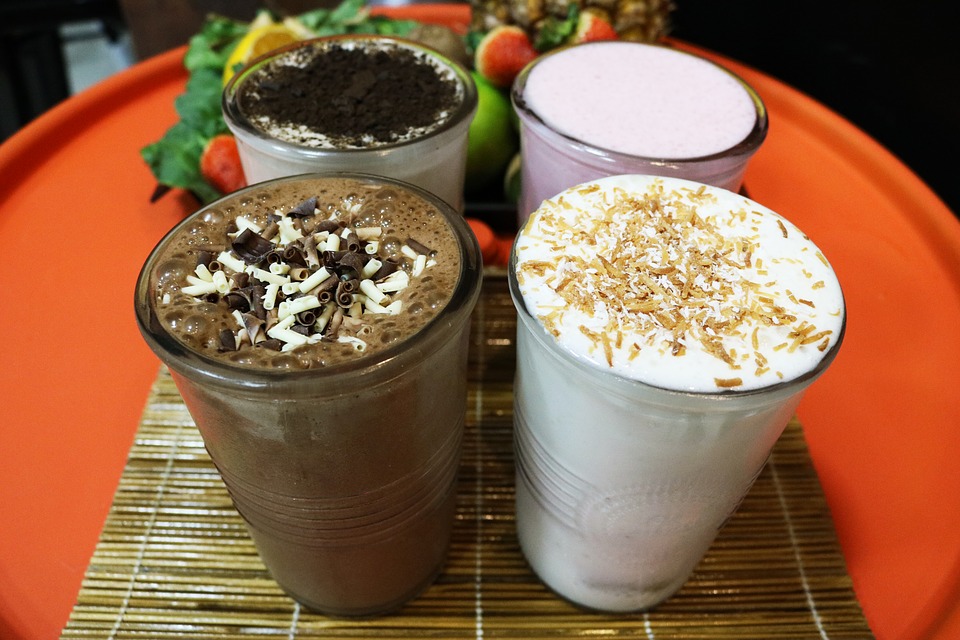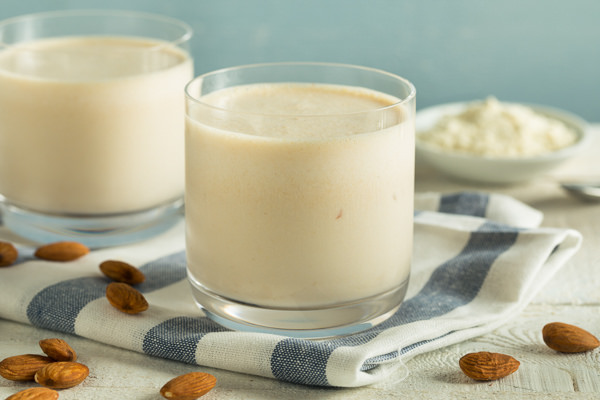Some say that meal replacements like ViSalus protein shakes can do more damage than benefit to a user because of a rather disputable content. Indeed, all your endeavors to shed overweight can be crossed by unacceptably big sugar content. If you are unaware, sugar is the major enemy in any weight management campaign. Regardless of your goals, sugar is the first ingredient to be excluded out of the diet. Nevertheless, a complete abandonment of this element may lead to the loss of flavor of a supplement. Those who do not practice DIY sports drinks will be frustrated to lose an opportunity to enjoy the delicious flavor of the product. At the same time, it does not mean that a decent supplement depends on sugar and tastes disgusting if it lacks. The following selection refutes the above-mentioned assumption and proves that a sugar-free product can be rather effective.
100% All Natural Whey
This supplement produced by MRM is free of sugar. Moreover, you won’t find any unnatural component inside the package. Its name completely corresponds to its content. The purpose of the shake is to serve as an auxiliary source of protein for female and male users regardless of age. Even growing children can opt for the merchandise without any risk to damage the health. The volume of the core ingredient is more than enough. Each serving supplies 18g of a powerful formula consisting of whey concentrate and isolate.
Despite the absolute absence of sugar, users are not deprived of gustatory delight. The shake is available in two flavor options – French Vanilla and Dutch Chocolate. On this account, users obtain a combination of effectiveness and great taste. The supplement can be used either before or after your muscular activity. However, pre-workout consumption is recommended to achieve the highest performance.
Isopure
Unlike the previous solution, this protein shake by Nature’s Best is absolutely unflavored. No hints of vanilla or chocolate are provided. Nevertheless, such naked protein source has own benefit. First of all, the powder is rarely used as a regular drink. Even if you mix it with the milk, the result will be frustrating. The taste is horrible. However, any combination of the product with other flavored beverages and victuals or its use as a component in DIY drinks elicit the huge potential of the supplement.
Such words as sugar, carbohydrates, lactose, and fat are unknown to this merchandise. On this account, the list of components is rather short. As for the core nutrient, users can enjoy of 26g of whey protein isolate in each scoop.
Shake by NOW
The final item in our top 3 is a kind of golden mean between the two mentioned products. It is not as natural as Isopure but free of gluten and numerous allergens like an egg, wheat, shellfish, etc. At the same time, the shake is available in three flavors, as well as in the tasteless form. Similar to previous brands, you won’t find sugar here. As for the efficiency, the shake can give a head start to its competitors since a high concentration of BCAA’s is the ace of trumps of this merchandise. The source of the core component is also decent because it is the whey protein isolate in the volume of 25g per serving. In short, this is a good solution for your weight management tasks.
Read More :






















